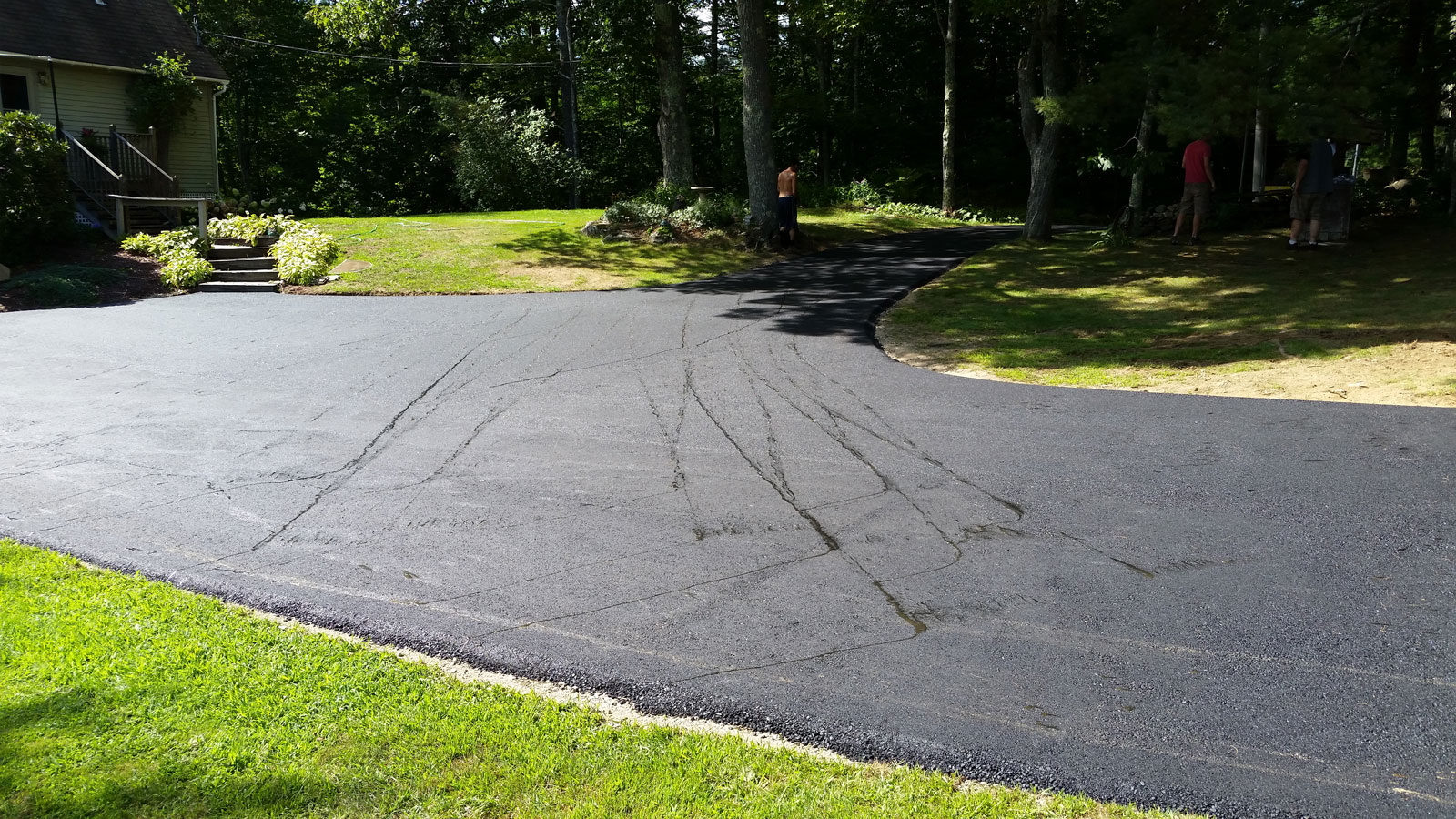Hot Mix Asphalt: A Lasting Solution for Pavement
Warm Mix Asphalt (HMA) has actually become a leading sustainable choice for sidewalk remedies, supplying a myriad of ecological advantages and innovative innovations. Its ability to minimize and reuse materials power consumption provides a compelling instance for its fostering in roadway construction jobs. Moreover, the long-lasting efficiency and durability of HMA make it a preferred choice for framework development. As the demand for environment-friendly construction techniques grows, discovering the nuances of HMA's sustainability can offer beneficial insights into the future of sidewalk solutions.
Ecological Benefits of Warm Mix Asphalt

Furthermore, Hot Mix Asphalt aids to mitigate city warmth island impacts. Its dark shade takes in sunshine, decreasing the amount of heat showed back right into the ambience compared to lighter-colored sidewalks. This can decrease ambient temperature levels in city areas, lowering the demand for a/c and ultimately decreasing energy consumption.
In addition, Warm Mix Asphalt contributes to enhanced stormwater administration. Its porous nature permits water to infiltrate the sidewalk and charge groundwater supplies, minimizing runoff and the danger of flooding. These ecological benefits make Warm Mix Asphalt a sustainable selection for paving roadways and highways.
Power Performance in HMA Manufacturing
Is power efficiency a crucial aspect in the manufacturing of Warm Mix Asphalt (HMA)? Power plays a considerable role in the manufacturing of HMA, impacting both price and environmental sustainability. One key facet of energy performance in HMA production is the use of cozy mix asphalt (WMA) innovations.
Moreover, developments in plant technologies have actually caused even more energy-efficient HMA manufacturing procedures. Modern plants are created with attributes like recycled asphalt sidewalk (RAP) processing abilities, reliable heater systems, and boosted insulation, all contributing to power savings. By maximizing energy use in HMA production, the industry can minimize its carbon impact while maintaining top notch pavement materials. Energy effectiveness is, consequently, a crucial consideration in making sure the sustainability of Hot Mix Asphalt manufacturing.
Recyclability of Warm Mix Asphalt
The recyclability of Warm Mix Asphalt (HMA) is a crucial facet of its sustainability and long-term ecological impact. HMA is among one of the most recycled products in the USA, with over 100 million lots of recovered asphalt sidewalk (RAP) being recycled yearly in new sidewalk building and construction. Recycling HMA uses a number of ecological advantages, such as lowering the demand for virgin materials, lowering power usage throughout manufacturing, and reducing the amount of waste sent to landfills.
The procedure of recycling HMA involves crushing the existing pavement, squashing it into smaller sized pieces, and blending it with new aggregate and asphalt binder to create a recycled mix. In general, the recyclability of HMA plays a considerable duty in promoting lasting practices within the pavement market.

Long-Term Efficiency of HMA
Asphalt pavements demonstrate sturdiness and durability over an extended period, mirroring the long-term performance of Warm visit our website Mix Asphalt (HMA) Additionally, advancements in HMA modern technology, such as the usage of polymer-modified binders and warm mix asphalt, have better improved the resilience and longevity of HMA sidewalks. By focusing on top quality construction and upkeep techniques, HMA proceeds to show itself as a economical and lasting remedy for long-lasting sidewalk framework.
:max_bytes(150000):strip_icc()/barricade-tape-sealed-driveway-big-56a583145f9b58b7d0dd3d87.jpg)
HMA: Durability and Sustainability
Showing both durability and sustainability, Hot Mix Asphalt (HMA) has actually become a foundation in the construction of lasting pavement infrastructures - hot mix asphalt. HMA's durability originates from its ability to endure heavy tons, extreme climate condition, and high web traffic volumes, making it a reputable choice for roadways, freeways, and airport paths. The structure of HMA, which normally includes aggregates, binder, and filler, plays an essential function in improving its long life and resistance to put on and tear
Additionally, HMA's sustainability depends on its recyclability and energy-efficient manufacturing process. look at this now The capacity to reuse recovered asphalt sidewalk (RAP) in brand-new HMA blends lowers the demand for virgin materials and reduces the ecological influence of pavement building and construction and maintenance. navigate to this website Additionally, the energy efficiency of creating HMA hinges on its reduced blending temperatures compared to other pavement materials, bring about minimized energy intake and greenhouse gas discharges.
Conclusion
In final thought, warm mix asphalt (HMA) supplies a sustainable option for sidewalk with its eco pleasant characteristics. HMA's recyclability, energy efficiency in production, and long-lasting toughness make it an environmentally friendly choice for road construction.
HMA is one of the most recycled materials in the United States, with over 100 million bunches of reclaimed asphalt sidewalk (RAP) being reused annually in brand-new sidewalk building and construction.The process of recycling HMA involves grating the existing sidewalk, crushing it right into smaller sized items, and blending it with brand-new aggregate and asphalt binder to develop a recycled mix.Asphalt pavements show durability and strength over an extended duration, mirroring the long-lasting performance of Warm Mix Asphalt (HMA) Additionally, innovations in HMA technology, such as the use of polymer-modified binders and cozy mix asphalt, have actually additionally improved the resilience and longevity of HMA pavements. The ability to reuse recovered asphalt pavement (RAP) in new HMA mixtures minimizes the need for virgin materials and lessens the ecological effect of pavement building and maintenance.